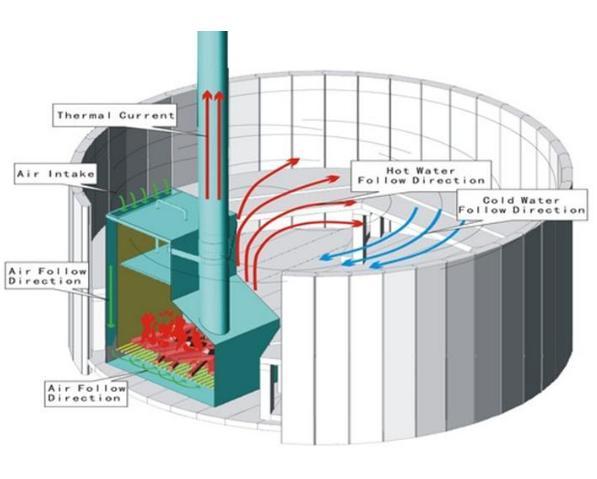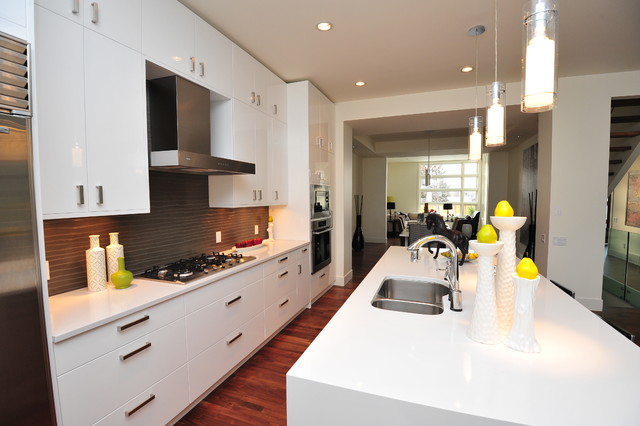I’ve thus far been considering a Dutch Tub hot tub:
- I think they look cool
- Their water volume is “only” about 650 litres, so not too much to heat up and keep walm. Also not too much weight.
BUT their size does mean while they are super comfy for 2 people, as soon as you go over that, it gets a bit of a squeeze. (the bottom of the Dutch Tub tubs domes up).
Look at these 2 pic’s of 1 and 2 people in a Dutch Tub (there is only one size). Click on either pic and you’ll get the full size version where yu can see toes at the other side of the tub and arm spans etc.
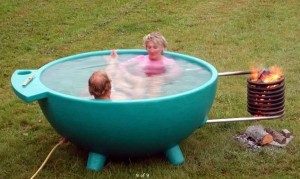
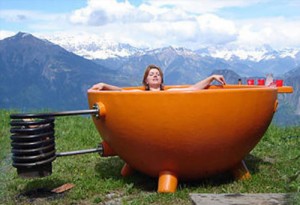
I’ve just found Cashen Hot Tubs. Their tubs are 100% made from timber from local (Cornish) forests. Mostly from Dutchy controlled forests less than 6 miles from their sawmill.
They come with a wood burner heating option that looks the same as the hot tubs I was in at last years (2012) Nova Festival:

The 1.7m diameter Cashen hot tub is down as suitable for 4-5 people. It’s about 400 kg empty, so add the 1,800 litres of water, the burning fire and a few people and you rapidly get to 2,500 kg or a bit more.
- The inside depth of the tub is 920mm, outside height is 1090mm. They have said they can make a shallower tub to make the most of your sea view. But will that mean cold shoulders ?
- They can also add a filtration system to the wood fired hot tubs.
Below are some photos and other info from the Cashen Hot Tub Website and some emails from them (so accurate early 2013):
| Wood Burner Hot Tubs (Elec heated a bit more £) |
| 1.5m (4.5ft) dia. 1,600 litres seats 3-4 people |
£3,125 |
| 1.7m (5ft) dia. 1,800 litres seats 4-5 people |
£3,475 |
| 1.9m (6ft) dia. 2,500 litres seats 5-6 people |
£3,725 |
The tubs have an “inside depth of the tub is 920 mm, outside height is 1090 mm. If you were interested in a shallower tub to make the most of your sea view, this could be accommodated.”
Prices include our eco-friendly underwater wood-burning heater and integral seating as standard.
The stove is made from marine grade aluminium. They can be replaced at £800.
| Hot Tub Optional Extras |
| Wooden Steps (I assume external to get in and out !) |
£195 |
| Lift off wooden cover |
£265 |
| Lift off custom made insulated cover |
£350 |
Pipe work screening
– which it looks like the Nova Festival tubs had. The Cashen photos below show tubs without a cover over the pipe work. |
£515 |
| Filtration system |
£515 |
| Stainless steel finish for chimney |
£180 |
Water Temp & Stove Size
Reading elsewhere, hot tubs tend to run around 36° degrees. The stove needs to be sized to not over or under heat the size of the tub.
Hot Tub Placement & Maintenance
The more they are not left the better.
“Use it and wash it regularly, another important thing is to make sure the is adequate air circulation underneath the tub. There is no problems using sea water in the tub as the stove is a manufactured of marine aluminium, the actual barrel itself works better with salt water as it keeps the moisture better and it slows down the dry out process.”
Photos from the Cashen Hot Tub Website:

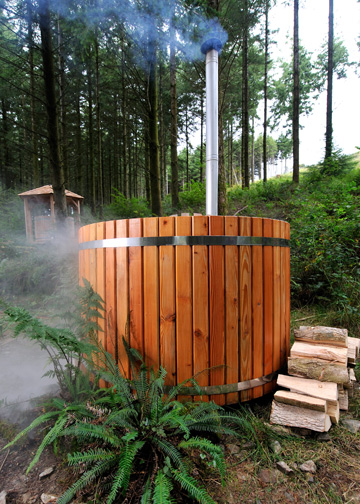


From another Website:
